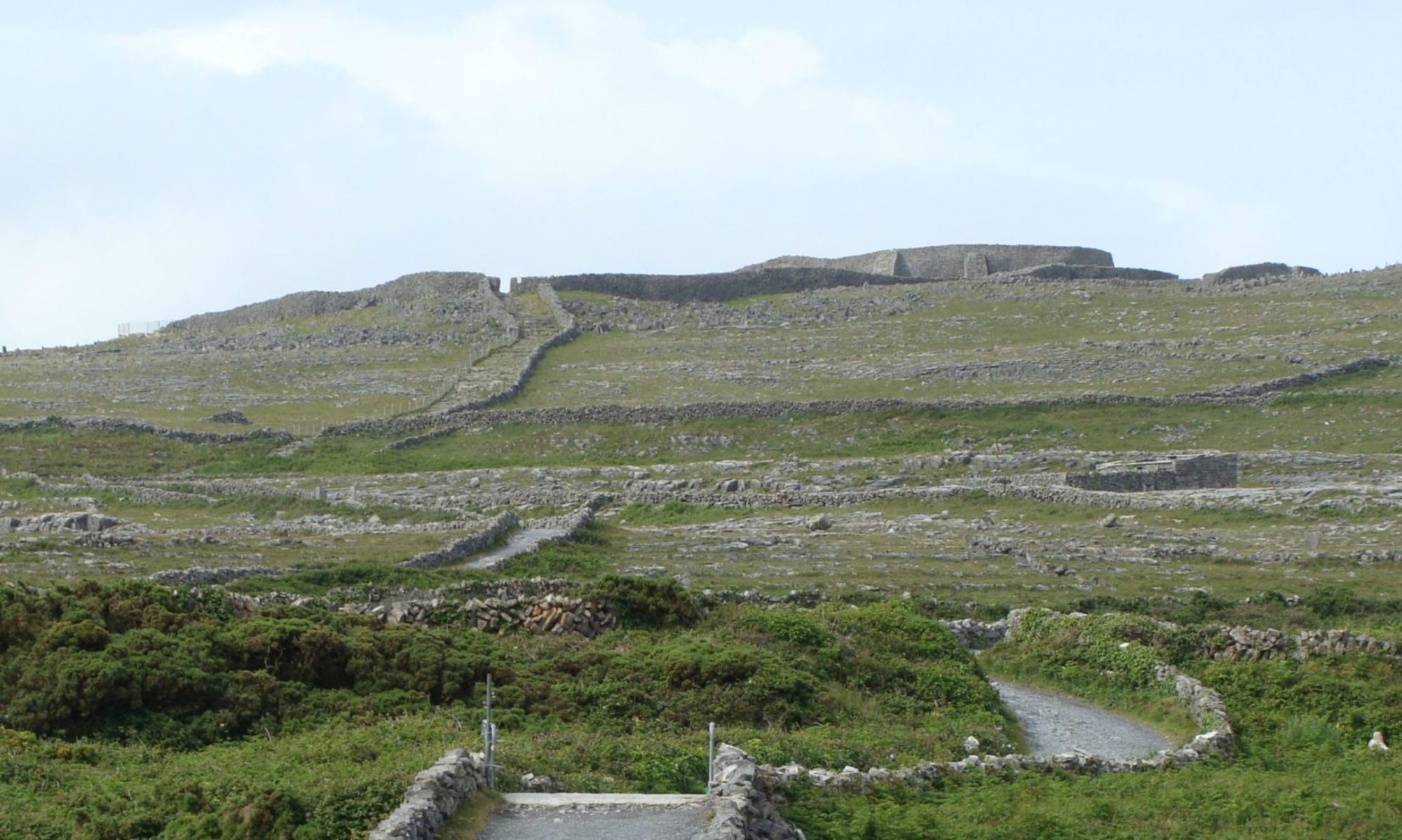Learning outcomes:
1. Describe the grant-seeking process.
2. Conduct research to locate sources of grant funding, analyze grantmaker guidelines, and assess whether potential funding sources match an organization and a specific project.
3. Describe funder perspectives and know how to communicate effectively with prospective grantmakers.
4. Write persuasive material that clearly articulates purpose, responds to the needs of an audience, uses the appropriate voice and tone, and builds stakeholder support.
5. Analyze an organization’s grant-seeking practices, identify areas of potential improvement, and prioritize grant-seeking opportunities.
6. Assess specific library needs and future service development, identifying appropriate projects for grant funding.
7. Develop a competitive grant proposal, including budgets, implementation plans, and evaluation criteria.
Overview:
As you may be able to tell at this point, I took my time working my way through the Post-Certificate Program. I took one course per semester with the hope of being able to stay current with all the readings and assignments for each course while balancing a full-time job. I’m grateful that I did not rush the experience, especially with the intense amount of research I devoted to the Grant Writing class.
This practical class empowered me to adapt what I had learned to a grant opportunity at my home institution. No sooner had the ink dried on my final project than an email from the Board of Trustees arrived announcing the availability of grants of $5000 or more to fund “innovative teaching and learning initiatives”. Fortunately, I was able to take my final project for this class and tweak it to secure $18,000 to initiate a Technology Lending Program (TLP)—Phase I of a larger Media Commons Project. I already had all the planning documentation and analysis at my fingertips and while I was not applying to an outside funder, it still allowed me to experience the application process and all the accompanying documentation and follow-up that needed to be completed.
Favorite assignments:
- In unit 5, the assignment was to develop the goals and objectives of your funding project and how you will assess success. Professor Wong emphasized that the objectives should be SMART (specific, measurable, accountable, realistic and time sensitive).

creative commons licensed (BY-NC-SA 4.0) flickr photo by Paula Naugle. The exercise focused on creating quantifiable goals and methods of evaluation. After getting feedback from a peer, I drafted an Evaluation Criteria which I will use in Fall 2017 to measure the success of the Technology Lending Program at my institution.
- In unit 7, I was able to use the marketing skills acquired in the previous semester to write the Marketing Plan and Press Release.
Technologies used in class:
The most difficult yet rewarding technology used in this class was searching the Foundation Directory Online database.  It took quite a while to master, and while I don’t think I ever became an expert, I was able to hone my search skills to the right word combinations to find some potential donors. I’ve kept the list for future reference!
It took quite a while to master, and while I don’t think I ever became an expert, I was able to hone my search skills to the right word combinations to find some potential donors. I’ve kept the list for future reference!

